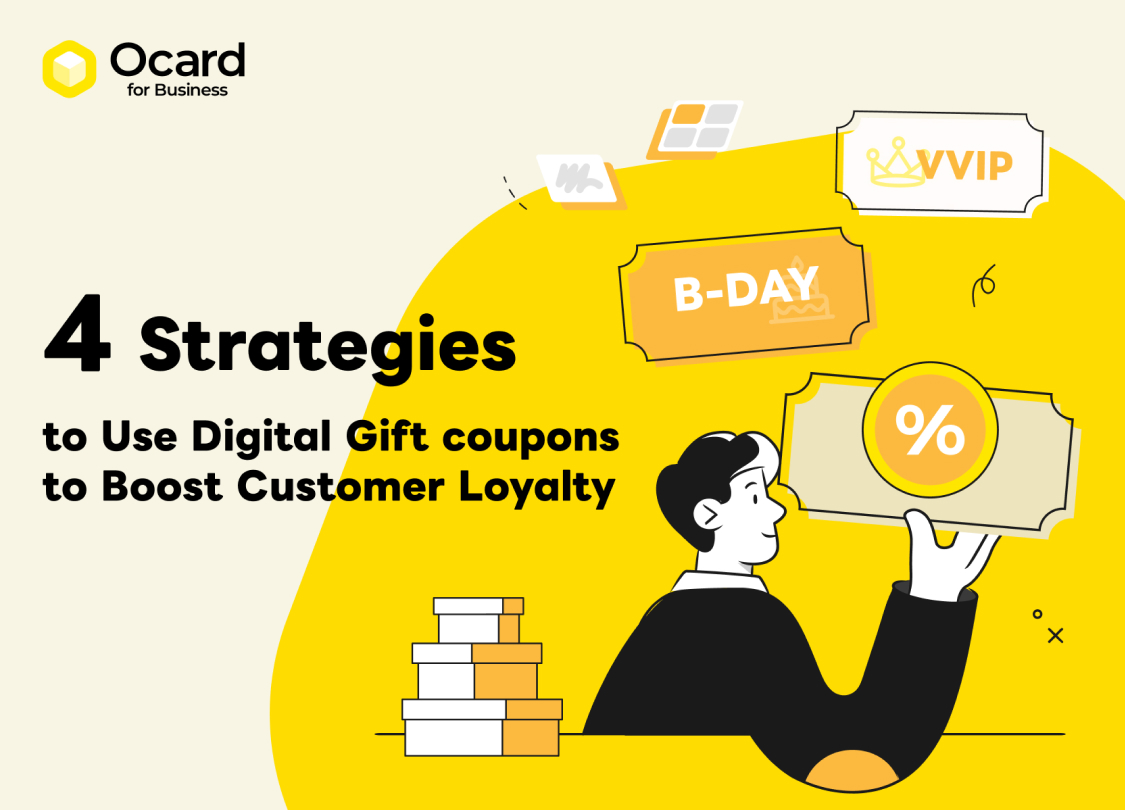
Build a Membership System to Manage Existing Customers and Create Loyal Members
By building a membership system to shorten the distance between your brand and your members, you can nurture existing customers into loyal members who are willing to keep coming back, creating a group of loyal consumers unique to your brand.
Table of Contents
ToggleWhy use a membership system for member management? Predict future trends and understand customer behavior
Membership management is the essential link between a business and its members. If customers visit your store on a whim, most will forget about it once they walk out the door. In this case, you lose a valuable opportunity to expand your member base and build long-term customer relationships. However, if that purchase comes with a membership, customers are more likely to remember your brand, giving you a chance to nurture new customers into loyal, repeat visitors.
Especially in the digital era, the core focus of business operations has shifted from the old 4Ps — Product, Price, Promotion, and Place — to the new 4Ps: People, Performance, Process, and Prediction.
By using a membership system to precisely track member behaviors, understand their needs, and predict their future consumption patterns, you set a strong foundation for sustainable business growth.
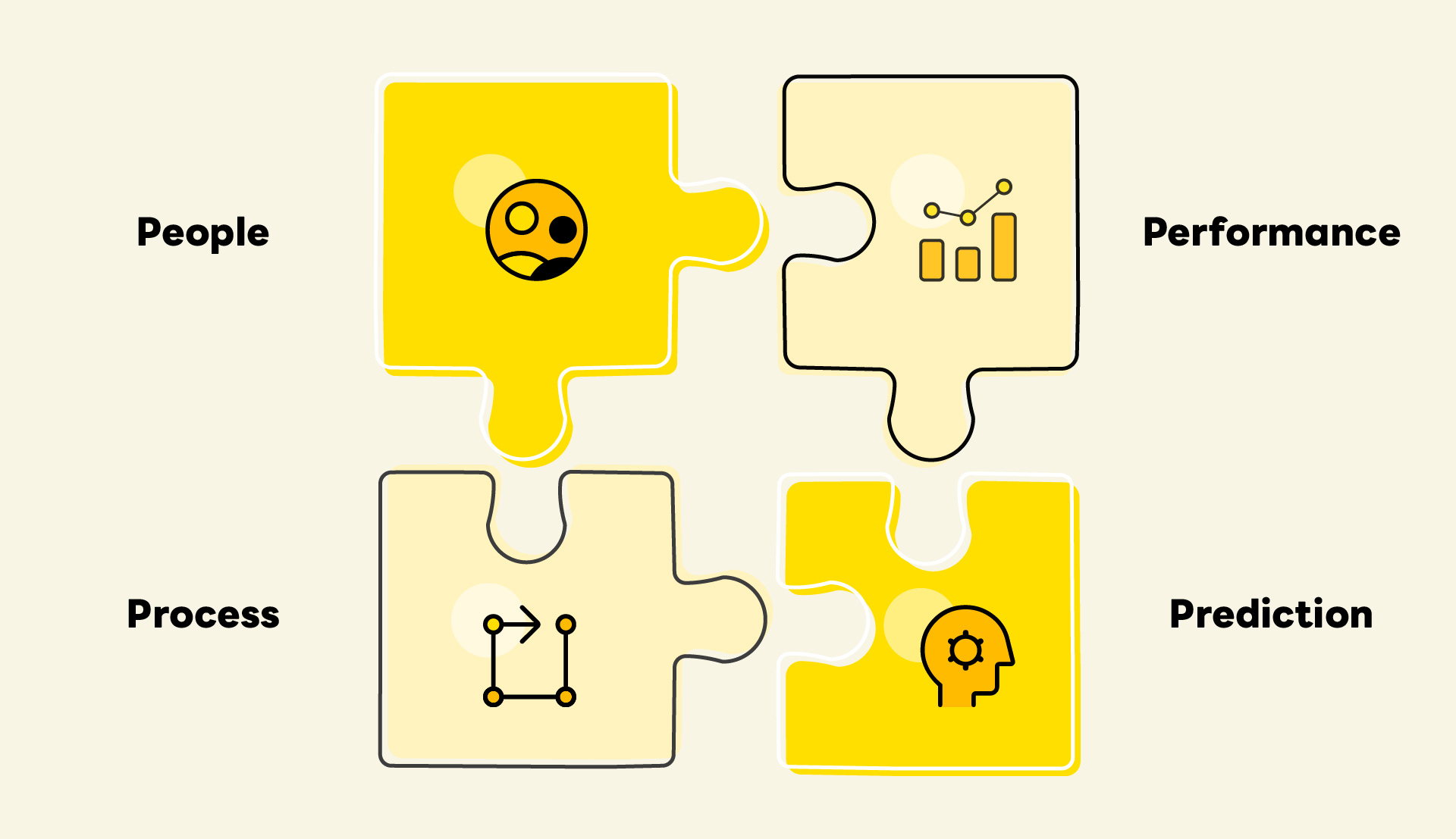
Membership systems are not only popular in experience-focused industries like food and beverage but have also become increasingly important in quick-consumption businesses like convenience stores. According to BusinessNext, only 2% of FamilyMart’s customers are members, yet these members contributed as much as NT$6.4 billion in revenue through an easy-to-use loyalty program.
This shows that membership management isn’t limited to restaurants or service industries that focus on retaining repeat customers. In fact, every industry can discover new revenue opportunities through smart membership strategies.
Top Benefits of Effective Member Management to Boost Sales
1. Proactively engaging with members
Through member management, businesses can understand members’ consumption patterns, analyze factors that influence their engagement, predict their purchasing behaviors, and encourage stable, repeated spending.
2. Establishing stable and long-term revenue
Most businesses offer special discounts or promotions to members. These incentives motivate members to make frequent purchases, contributing to a stable and long-term revenue stream.
3. Strengthening brand image
When members frequently visit a store, they become more familiar with it. If the business also offers “birthday specials” or “interactive reward campaigns,” members feel valued and appreciated, which reinforces the brand image in their minds.
How to implement member management? New trends in membership systems
A comprehensive member management process includes acquiring new members, offering exclusive deals, maintaining member loyalty, and analyzing member data. In the digital era, businesses can use a loyalty program to process large volumes of data efficiently, allowing them to focus on designing and executing marketing campaigns.
What is a membership system?
A membership system is an intelligent data platform that allows customers to become members while helping brands better understand them. Through incentives such as membership points, gamified marketing, and tier-exclusive offers, customers are encouraged to actively join the membership program.
During every purchase and interaction thereafter, the system automatically collects and integrates personal information, purchase history, behavioral preferences, and communication records, gradually building a personalized customer profile.
This data becomes a core asset for brands, enabling segmentation, targeted marketing, automated messaging, and even AI-driven predictions of customers’ next moves — from boosting repeat purchases to preventing churn. A loyalty program doesn’t just record customer information; it helps brands create an emotionally engaging and personalized member journey.
Beyond traditional brand membership apps and omni-app solutions, membership systems can also integrate with everyday messaging platforms such as WhatsApp, LINE and Messenger. By leveraging channels that are already part of customers’ daily lives, brands can deliver timely, personalized, and non-intrusive marketing experiences.
As customer behavior increasingly spans multiple channels, loyalty program also play a key role in enabling OMO (Online Merge Offline) integration. They unify online and offline member data so that brands can continuously deepen engagement with the same customer, regardless of where they shop — whether on e-commerce platforms or in physical stores.
This means:
- Customers can place orders online and pick them up in-store, while the system tracks the entire journey.
- Member identities and benefits remain consistent across all channels, regardless of where they registered or shopped.
- Marketing messages can be automatically triggered based on cross-channel behavior, such as “browse online, engage in-store.”
This integration allows member engagement to extend beyond a single touchpoint and evolve into a seamless, continuous customer journey. It helps brands strengthen the member experience at every stage, enhancing loyalty and increasing repeat purchase rates.
Three core functions of a membership system
1. Managing member data
Currently, it’s common to record member information using phone numbers or physical membership cards, which enables businesses to track purchase data. A membership card management system can consolidate all member data, analyze consumption preferences across different segments, and identify the most effective promotional strategies.
2. Optimizing the consumption process
By making it easier for members to place orders and fill out feedback surveys, brands improve the overall shopping experience, encouraging members to continue spending.
3. Precision marketing based on consumer behavior
If consumers do not make a repeat purchase within 180 days, it becomes more costly for businesses to win them back. A member platform allows businesses to continuously monitor member characteristics and, based on members’ consumption cycles, analyze the marketing approaches that trigger purchases. This enables brands to maximize revenue with minimal cost.
Accurately Understand Member Preferences with a Membership System and Retain Customers in Real Time
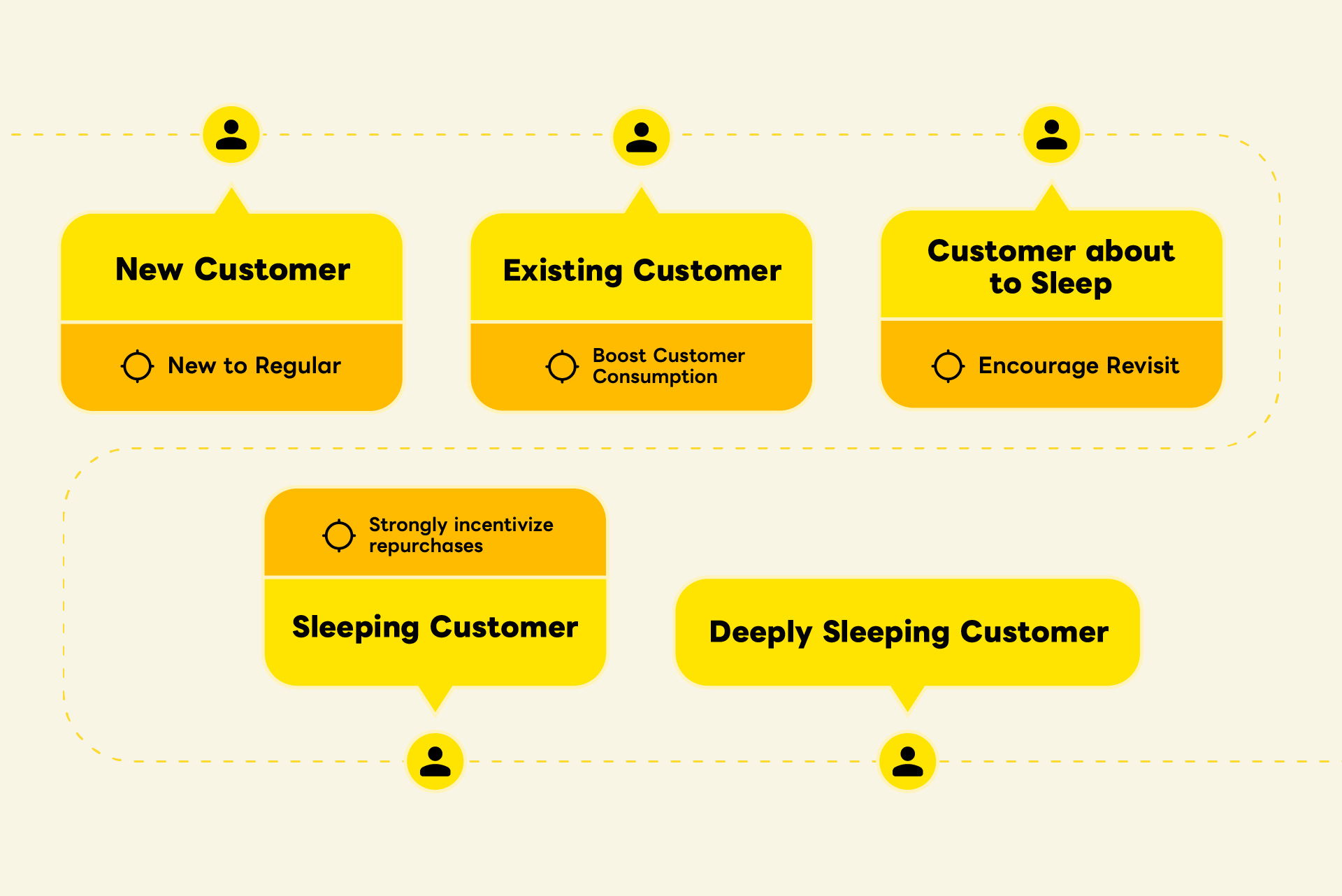
By analyzing membership data, businesses can form a clear picture of their target demographic and understand member preferences, enabling them to launch the most effective campaigns and promotional strategies at the right time.
According to the NES model for customer segmentation, all customers fall into one of the following categories: N (New Customer), E0 (Existing Customer), S1 (Customer About to Sleep), S2 (Sleeping Customer), and S3 (Deeply Sleeping Customer). The cost of reactivating dormant customers is significantly higher than reactivating drowsy customers. A membership management system allows businesses to constantly monitor the primary reasons for customer churn, helping them to quickly grasp their operational direction and implement countermeasures before customers are lost.
Finding Profit Points from member platform, Cultivating Loyal Members
Originating from Taiwan, Mr. Wu is a popular light dining brand known for its premium ingredients and high-quality service. As the brand expanded its presence — including its entry into the Malaysian market — Mr. Wu continued to rely on Ocard’s CRM system to manage members and sustain long-term customer relationships.
By leveraging Ocard’s digital tools, the brand was able to consolidate customer data, track spending behavior, and use a structured points and tier system to encourage repeat visits. Through automated marketing campaigns such as personalized birthday offers and re-engagement messages, Mr. Wu effectively maintained communication with members at the right time.
In addition, during their National Day campaign, Mr. Wu collaborated with Ocard to launch an interactive “Spin & Win” event through the Ocard App — customers who made a purchase could spin the wheel to win exclusive perks and rewards. This gamified experience not only boosted campaign participation but also enhanced member engagement and excitement toward the brand.
With the support of Ocard CRM, Mr. Wu successfully transformed one-time transactions into ongoing customer relationships, proving that a well-designed loyalty strategy can drive both engagement and sustainable growth across markets.
Businesses Considering Developing a Dedicated Member APP? Think About This First…
Disadvantage One: High Cost of Building a Dedicated Member APP
We know that large-scale chain brands like Starbucks and FamilyMart choose to develop their own dedicated brand member apps. However, not every brand has the resources to spend millions developing a member app, not to mention the ongoing maintenance costs, which require hiring IT personnel with monthly fees ranging from tens to hundreds of thousands of NT dollars.
Disadvantage Two: Member APP Retention Rate Lower Than Expected
If you choose to build a dedicated member app, a bigger problem arises: how do you convince consumers to download the member app and not uninstall it? Most people dislike downloading too many apps on their phones. Apps with higher retention rates are typically social media, communication, and video streaming apps. Therefore, in addition to investing significant resources in building a member app, businesses also need to put considerable effort into promoting the app to encourage customer downloads while simultaneously reducing the uninstall rate. This high promotion cost is precisely why many businesses hesitate when it comes to digital transformation.

Key Considerations When Building a Membership App
If you’re in the process of evaluating how to build a membership and loyalty app but are unsure how to assess and choose the right system, here are two key points to consider:
1. Core Business Needs for a Membership System
The cost of developing a membership app is directly related to the complexity of your business needs. The more complex and customized the features, the more time and resources will be required. Common features of membership systems include digital membership cards, point cards, gift vouchers, and store information. If you’re also looking to integrate mobile payments, targeted marketing, membership tiering, table reservations, or online ordering, then building such an app will clearly require a large and specialized team to execute.
If you’re working with a limited budget—whether you’re developing your own app or adopting an existing system—it’s critical that project managers, operations leads, and marketing teams work together from the very beginning. They should follow the three steps outlined below to minimize future maintenance and update costs due to changes in detailed specifications. More modular features like payment, reservations, and vouchers can be added later based on need, allowing the customer experience to grow over time.
Step 1: Clarify the core objectives of building the member platform.
Step 2: Carefully assess which features are truly essential in the initial phase.
Step 3: Define the basic structure of the membership program.
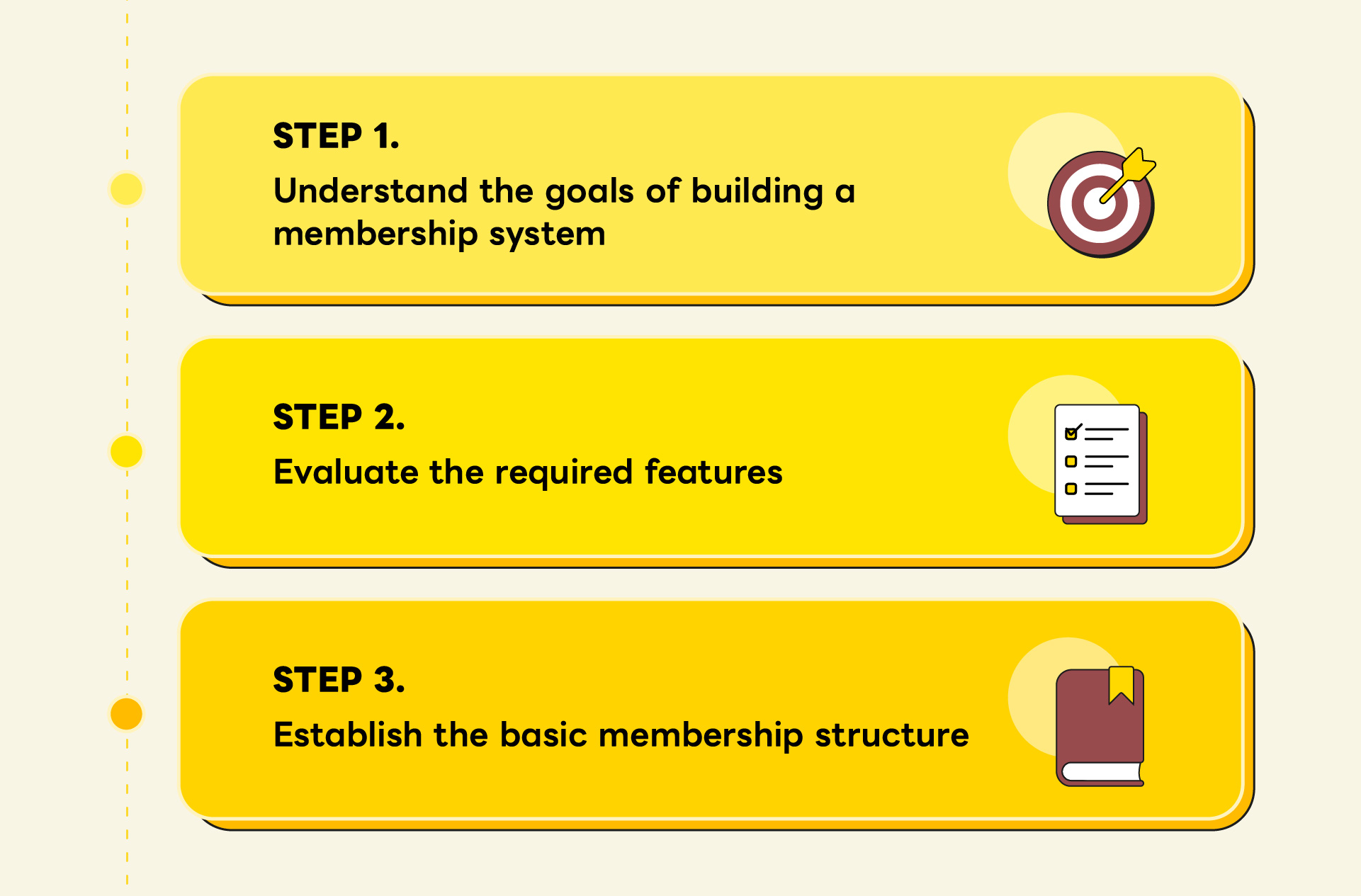
2. Evaluate the Ongoing Costs of Promoting a Membership System
One thing even more important than development cost is the ongoing operational and promotional expense after launching a membership app. These costs include advertising, App Store / Google Play listing fees, and marketing efforts needed to attract users to join the membership program. To reduce these expenses, brands can consider using modular membership systems such as LINE Official Account or Ocard for Business.
Benefits of Using Third-Party Membership Systems
- The membership app itself already has a certain level of visibility and traffic, reducing uninstall rates and marketing costs.
- The system comes with many ready-made feature modules that can be added based on your needs.
- Maintenance costs of the membership app are absorbed by the platform provider.
Ocard membership system provides more comprehensive functionalities including point systems, surveys, membership tiering, and targeted marketing. It can also be seamlessly integrated with WhatsApp, LINE Official Account.
If your customization needs are minimal, using a third-party membership app may be a cost-effective and practical solution.

How to Build a Membership System
If a business wants to run a membership program, aside from developing one in-house, it can also use third-party systems. However, self-developed systems often face issues such as members being unwilling to use the app long-term, and marketing messages getting flagged as spam by email systems—deleted before they’re even read, making it hard to engage members. Customers may also download the app only to receive a discount, then delete it after a single use, making sustained engagement difficult.
Using a third-party-developed system can reduce the costs of development and design for the business. It also provides access to ready-made analytics, saving back-end manpower. Messages sent through the platform are also less likely to be missed. From a member’s perspective, third-party platforms can consolidate membership information across many stores. With just one app, members can track multiple loyalty programs, enjoy store promotions, and even accumulate points across the platform to redeem rewards.
A Smart Membership System That Covers Branding, Operations, and Marketing in One Go
Ocard’s Customer Engagement Manager helps you understand your customers and drive effective remarketing—fast! Instead of spending millions to build, design, and maintain a custom app, why not leverage a modular membership system? Ocard offers electronic loyalty cards, smart mobile surveys, and repeat customer remarketing services. You can also customize additional campaigns like gift vouchers, giveaways, and lucky draws to boost interaction with your customers, increase repeat visits, and strengthen your brand image. All your branding, operations, and marketing goals—achieved in one platform.
Want to Join the Ocard Membership Ecosystem?It’s time to leave behind the old ways of managing your members and take a bold step toward engaging your loyal customers like never before.
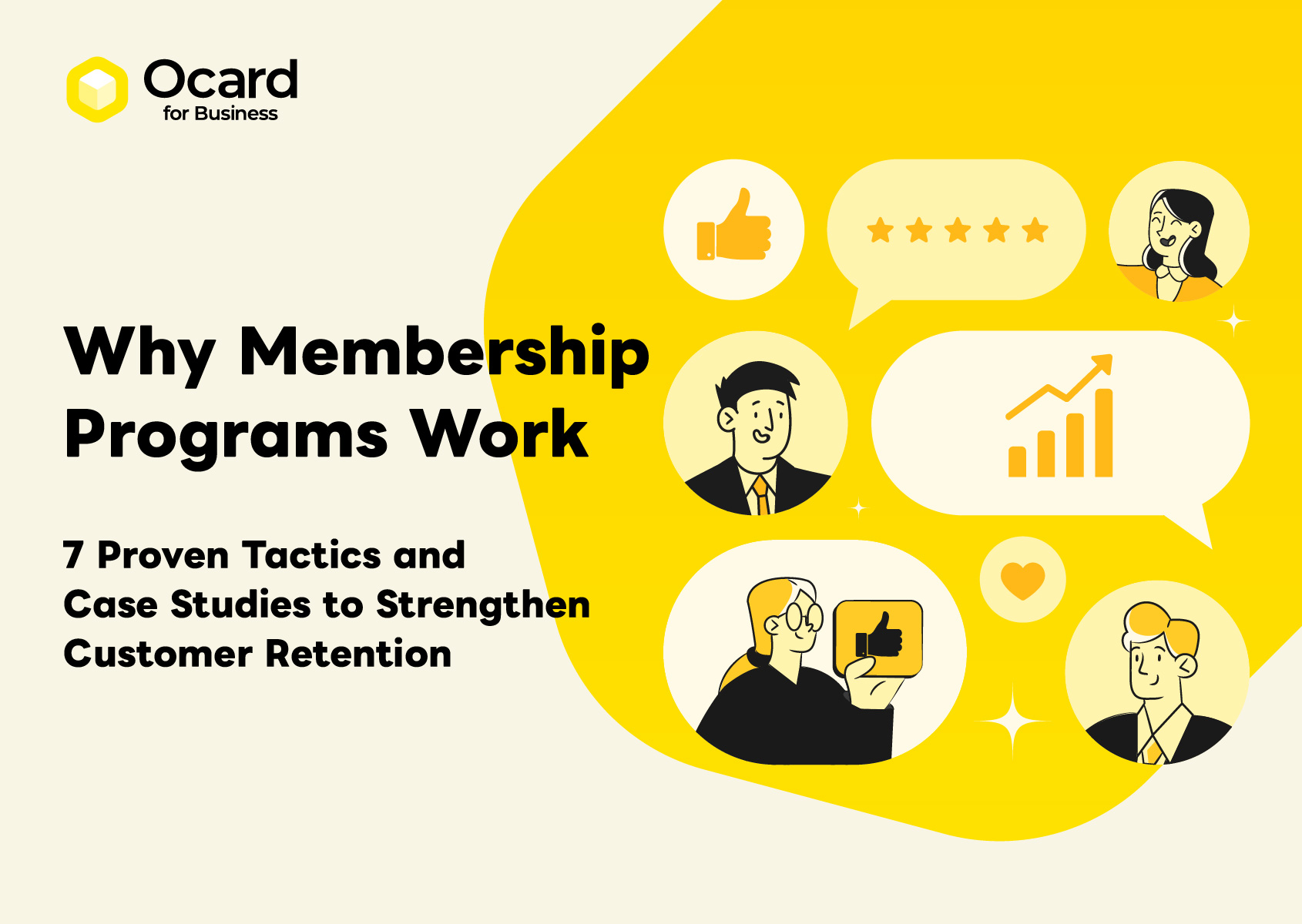
![[Case Study] How to Use Gamified CRM Marketing to Boost Customer Loyalty and Drive Repeat Purchases](https://blog-s3.ocard.co/wp-content/uploads/2025/11/gamification-marketing-my-Featured.jpg)
